1926 – 1930
Architect: Karl Ehn
Heiligenstädter Strasse 82-92, Boschstraße 1-19, Vienna, Austria
The Karl-Marx-Hof in Vienna-Heiligenstadt with 1300 apartments for about 5500 residents was built from 1926 to 1930 according to plans by Karl Ehn.
Karl Ehn was a student of Otto Wagner and had been employed at the Vienna municipal building office since 1909.
Karl-Marx-Hof
Planned as a city within the city, the 1.2-kilometer-long complex was equipped with all infrastructures such as a dental clinic, pharmacy, kindergarten, library, youth center and central laundry at the time of its construction.
The construction of the residential yard happened in three stages. On October 12, 1930, the opening took place under Vienna’s mayor Karl Seitz.
The relatively narrow plot of land between the Franz-Josefs railroad line and Heiligenstädter Straße was to be developed with a closed housing estate while preserving the Hagenwiese, which had previously been used for gardening.
Karl Ehn designed a recessed large central wing with towers, crowned by flagpoles, to which garden courtyards adjoin at the sides.
By building the wings along the edges of the property, the architect allowed for expansive garden courtyards that accommodated the communal facilities and only built up eighteen percent of the property’s total area.
He designed the central part of the complex in the form of a courtyard of honor, with a total of six tower superstructures rising above wide-span arches.
The loggias of the apartments face the inner side of the courtyards.
Statues
The figures of colored stone on the wedge stones of the archways are by Josef Riedl and represent personifications of enlightenment, freedom, welfare and physical culture.
The bronze sculpture of the sower in the center of the courtyard is a work by Otto Hofner from 1920.
Red Vienna
Karl-Marx-Hof is the best known urban housing complex of Red Vienna
Red Vienna is the name given to the Austrian capital Vienna in the period from 1919 to 1934, when the Social Democratic Workers’ Party of German Austria (SDAP) repeatedly achieved an absolute majority in elections to the provincial parliament and municipal council.
Because of the extreme housing shortage in the post-World War I period, the creation of new housing was the Social Democrats’ most important goal.
The Housing Requirement Act of 1919 had already achieved a better utilization of housing.
Since the tenant protection law enacted in 1917 and immediately extended to Vienna fixed rents at pre-war levels, it was no longer worthwhile for private individuals to build. Due to a lack of demand from the private sector, building land and construction costs were favorable for the municipality.
From 1925 to 1934, more than 60,000 apartments were built in municipal buildings in this way.
Large apartment blocks were built around courtyards with wide green spaces. The apartments were allocated according to a points system based on social guidelines. In case of illness or unemployment, the rent was deferred.
Monument Protection and Renovation
Karl-Marx-Hof is a listed residential complex. The overall renovation was carried out from 1989 to 1992.

Karl-Marx-Hof, site plan, 1926-1930. Architect: Karl Ehn

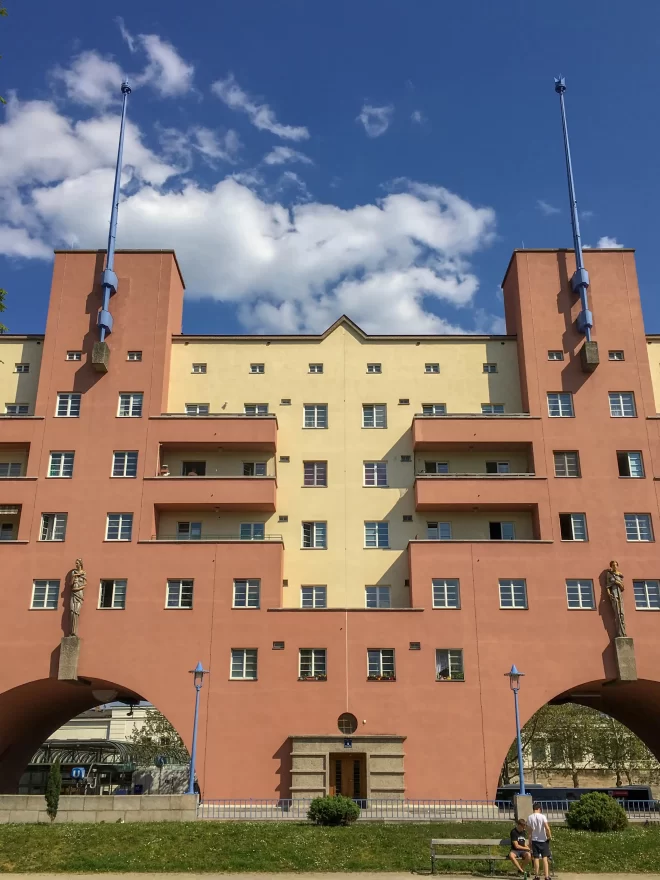
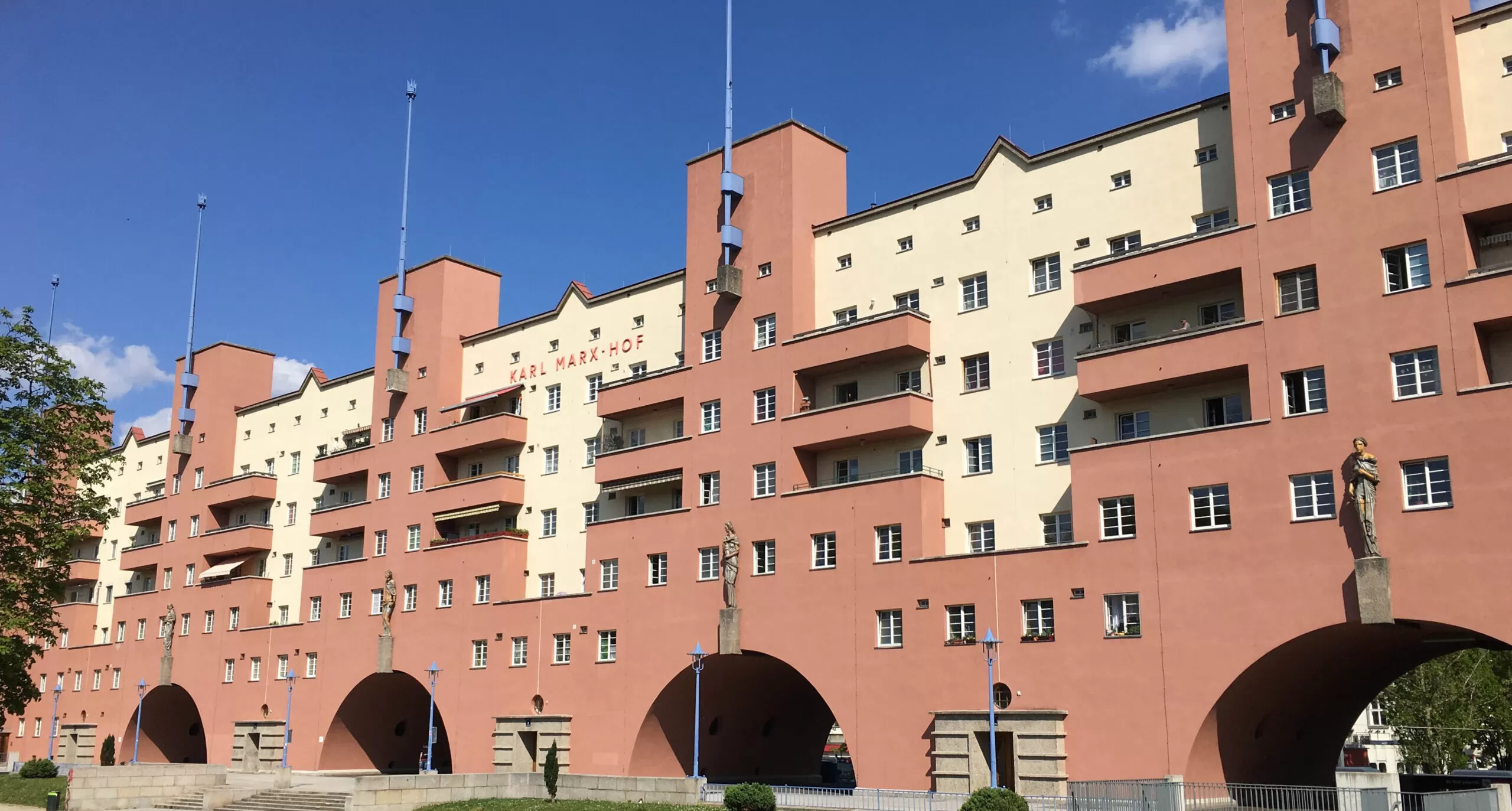
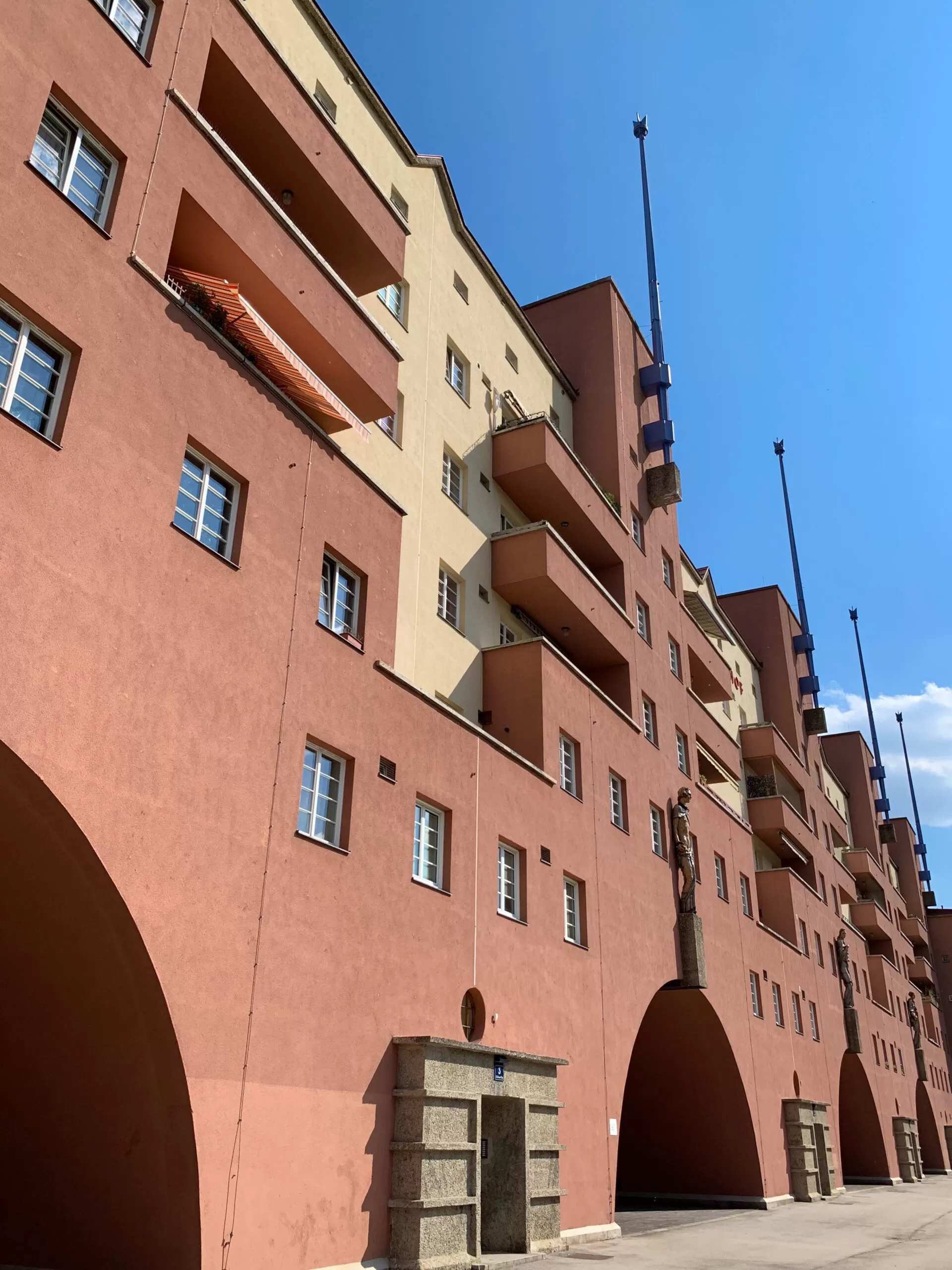
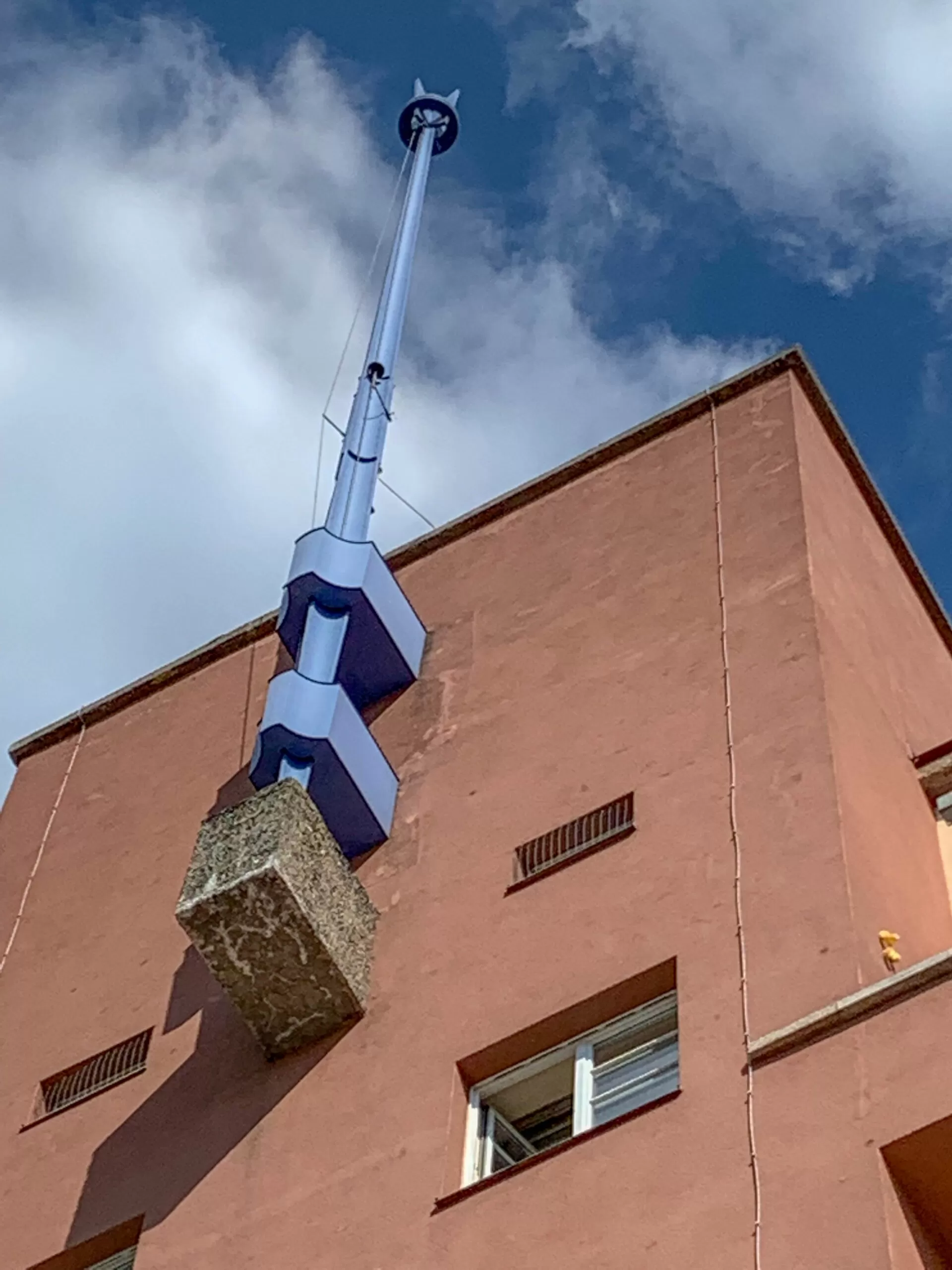
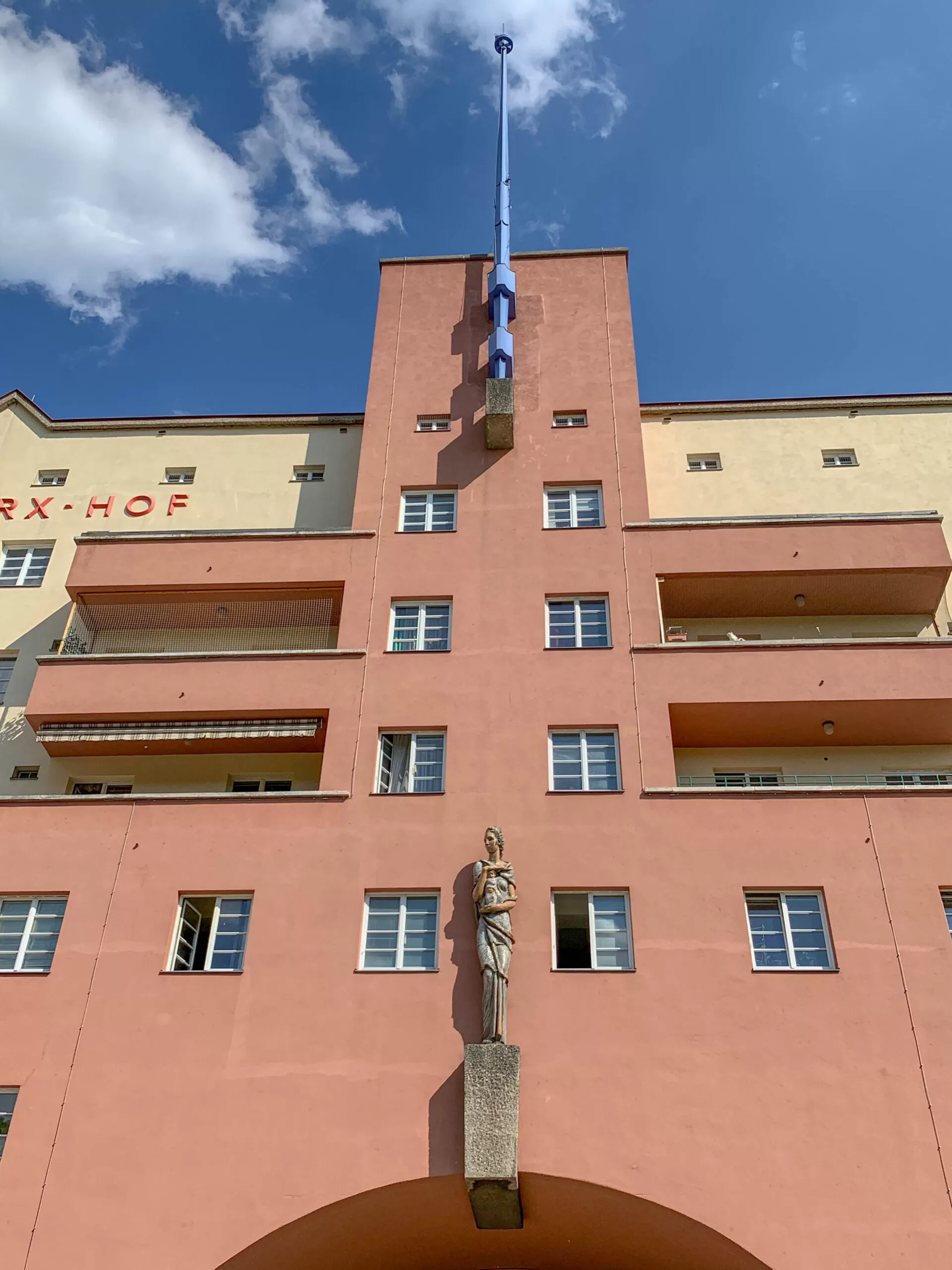
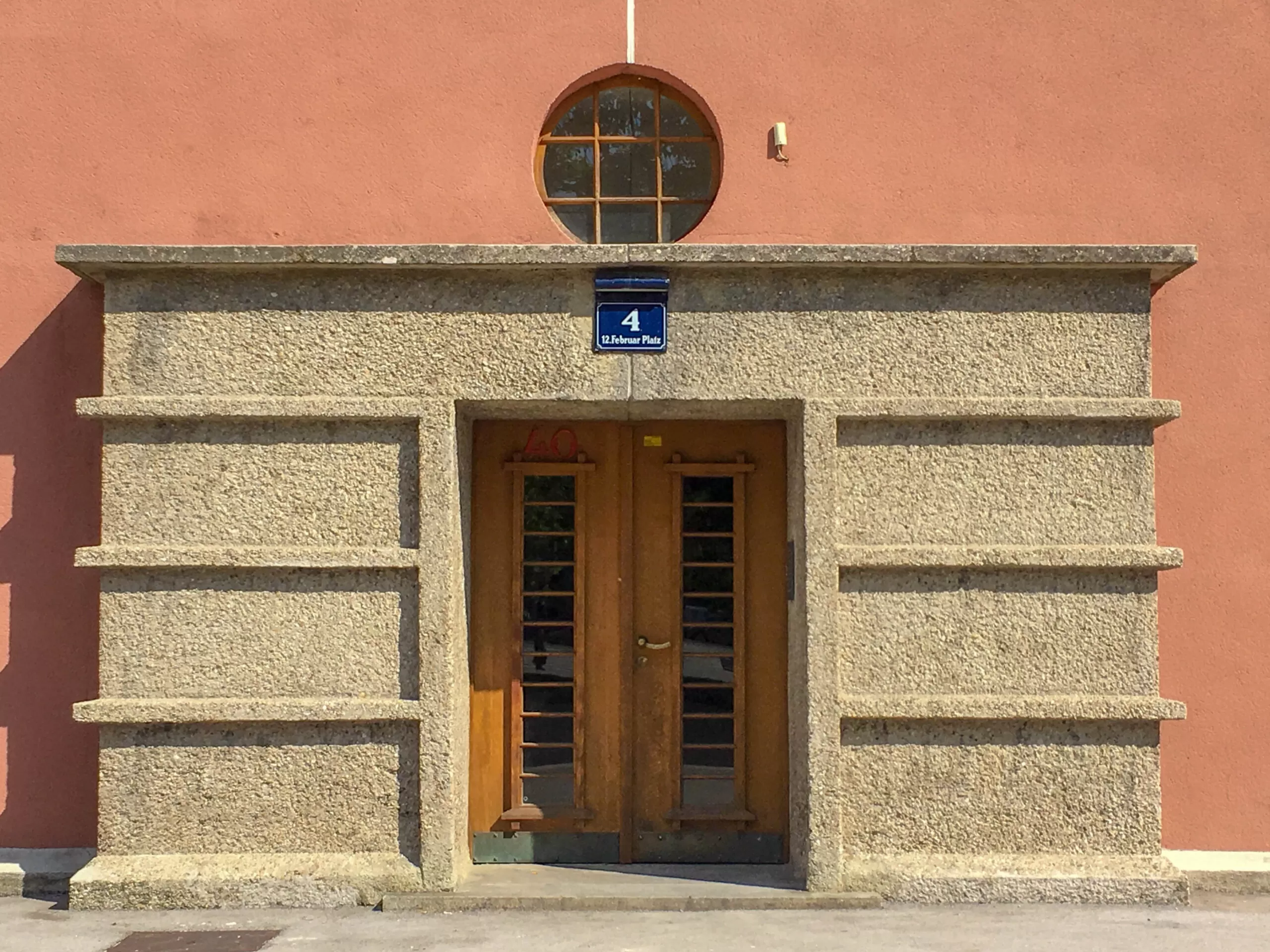
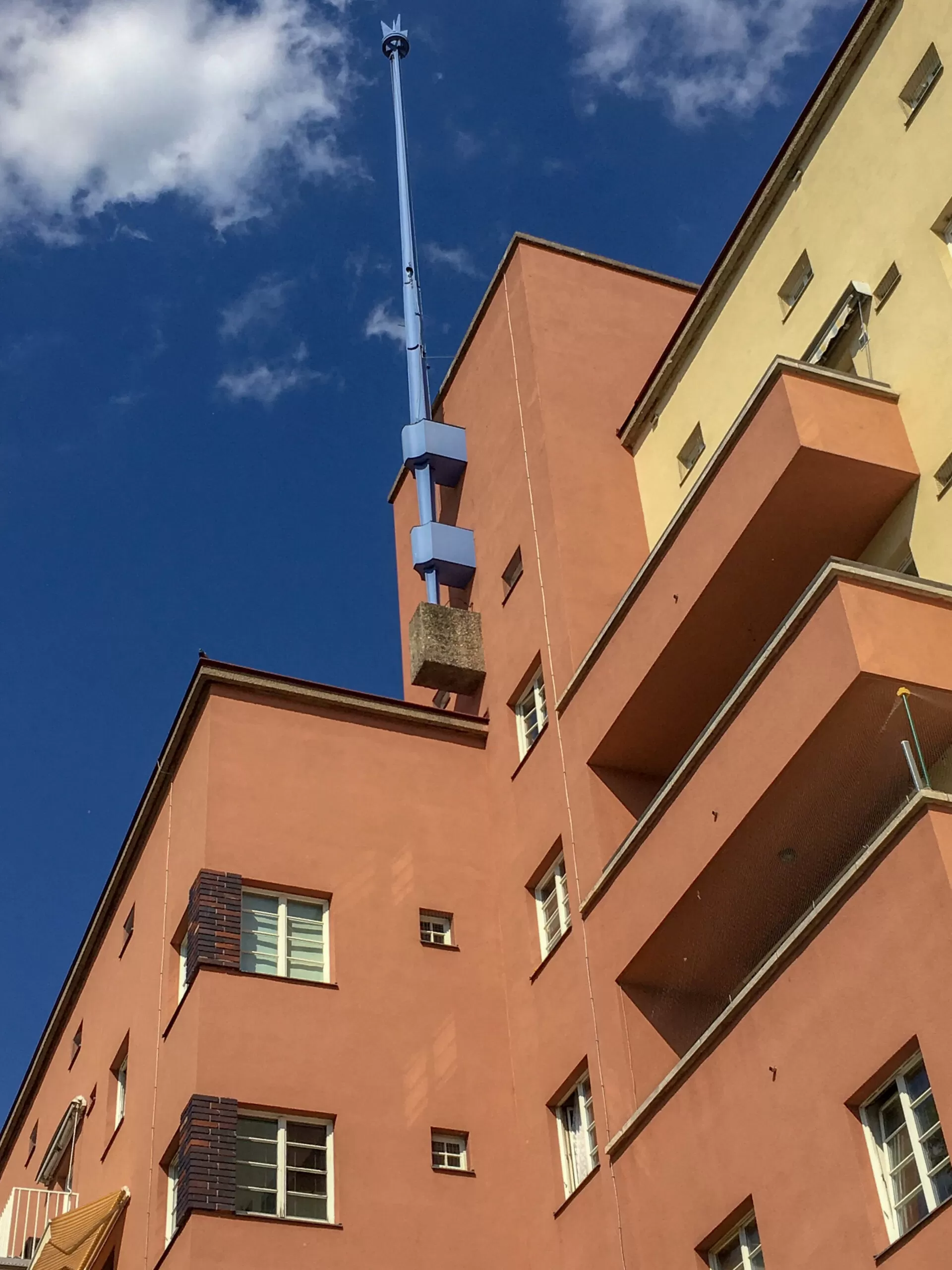
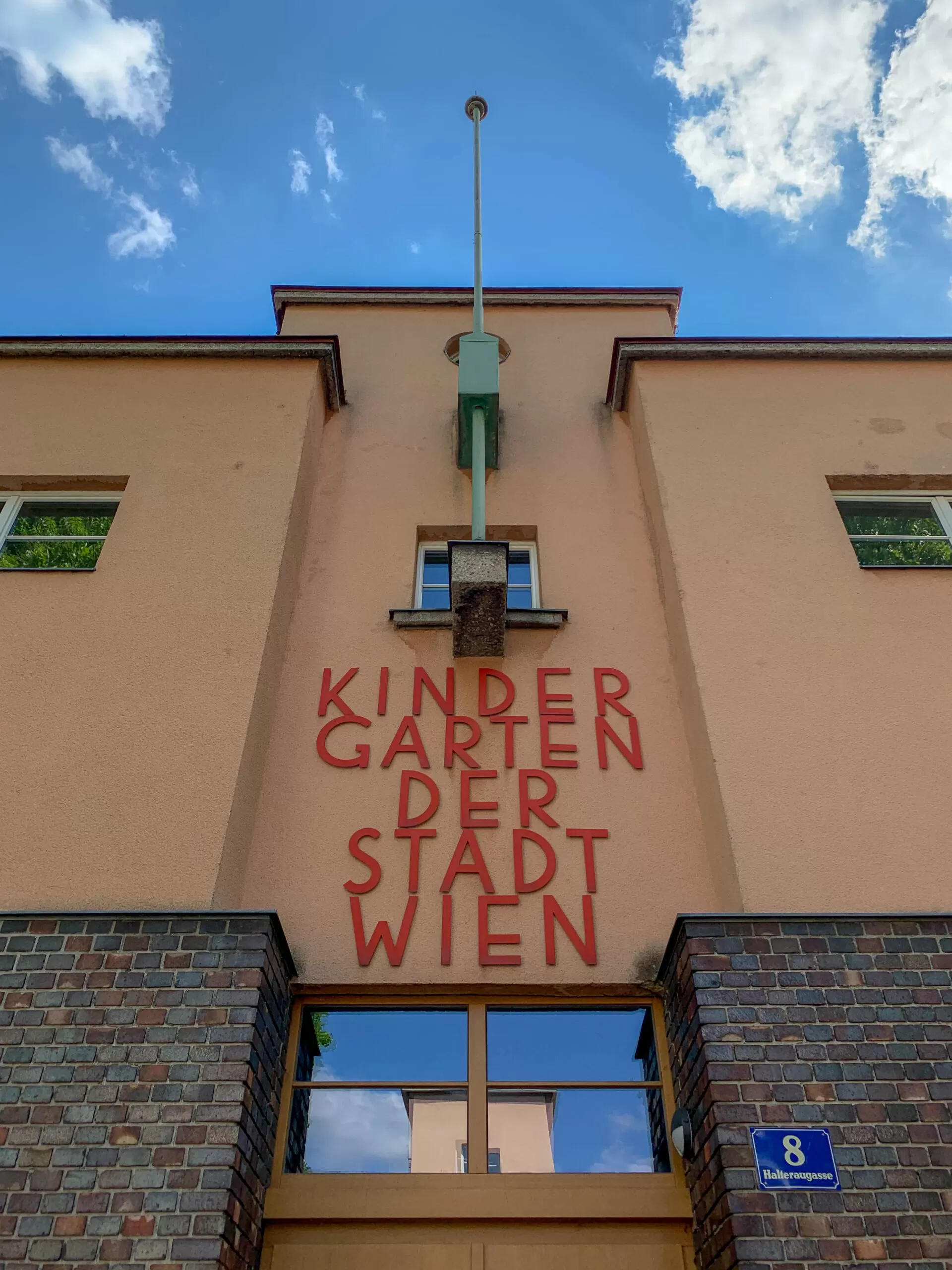
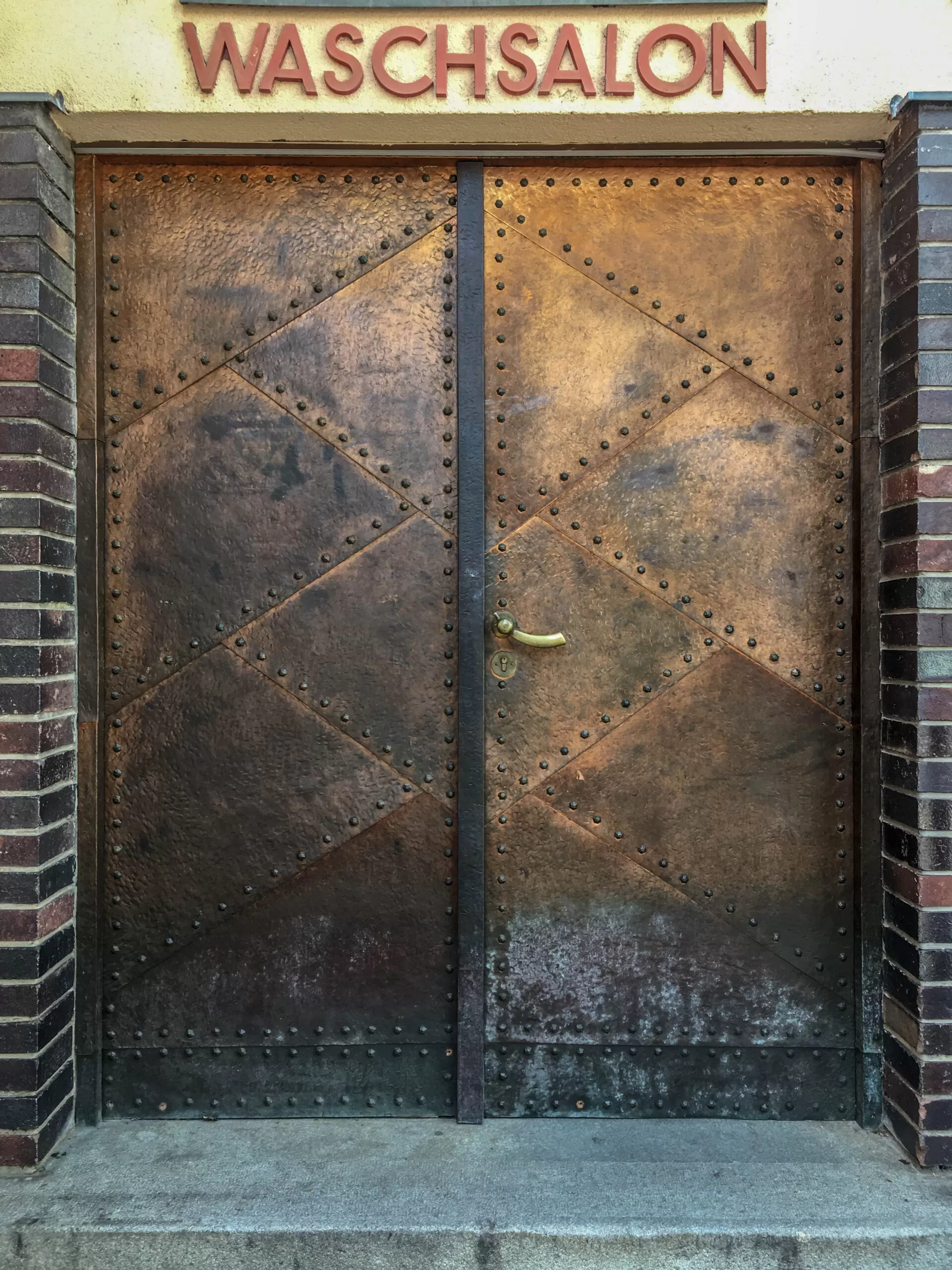
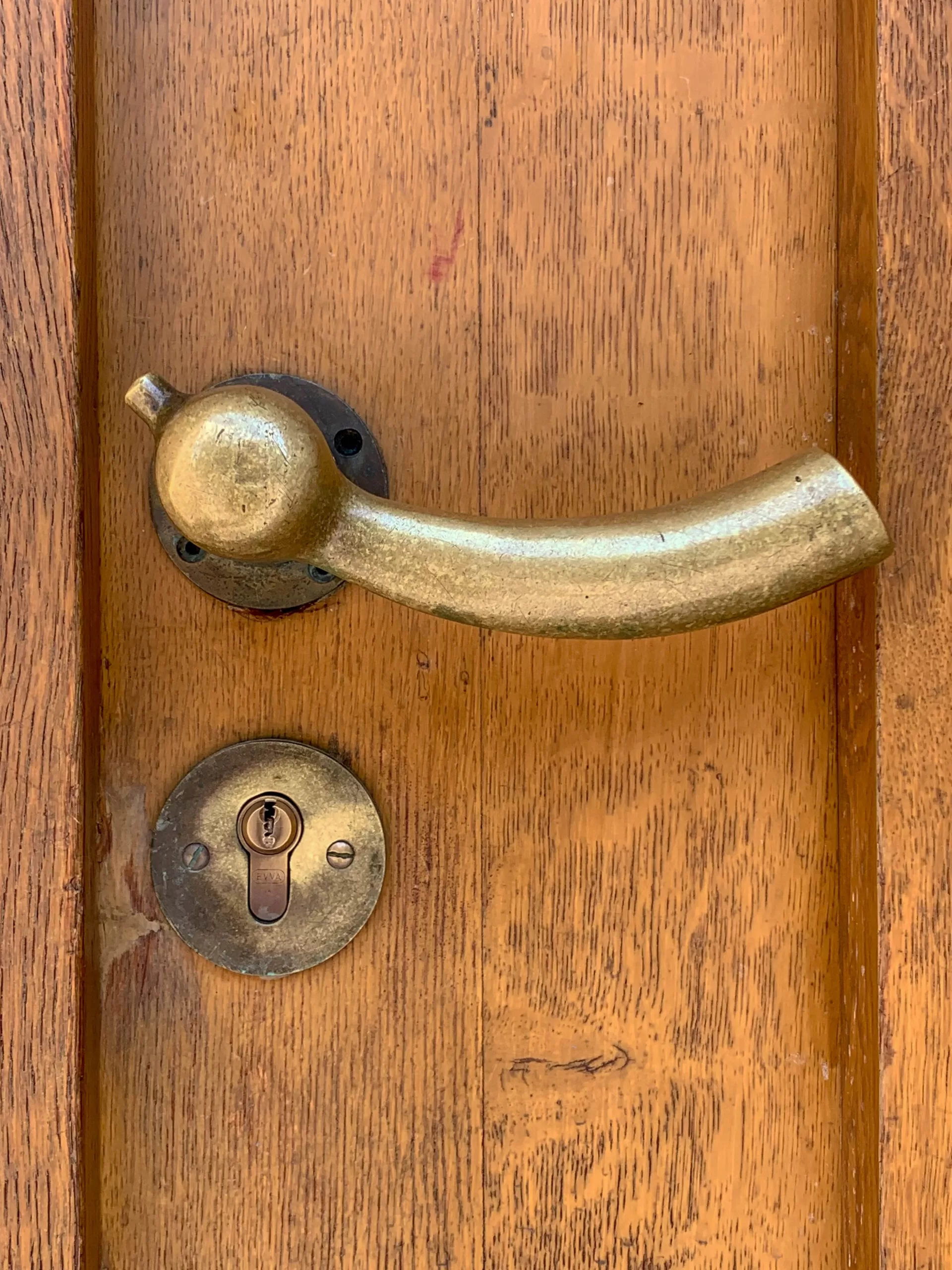
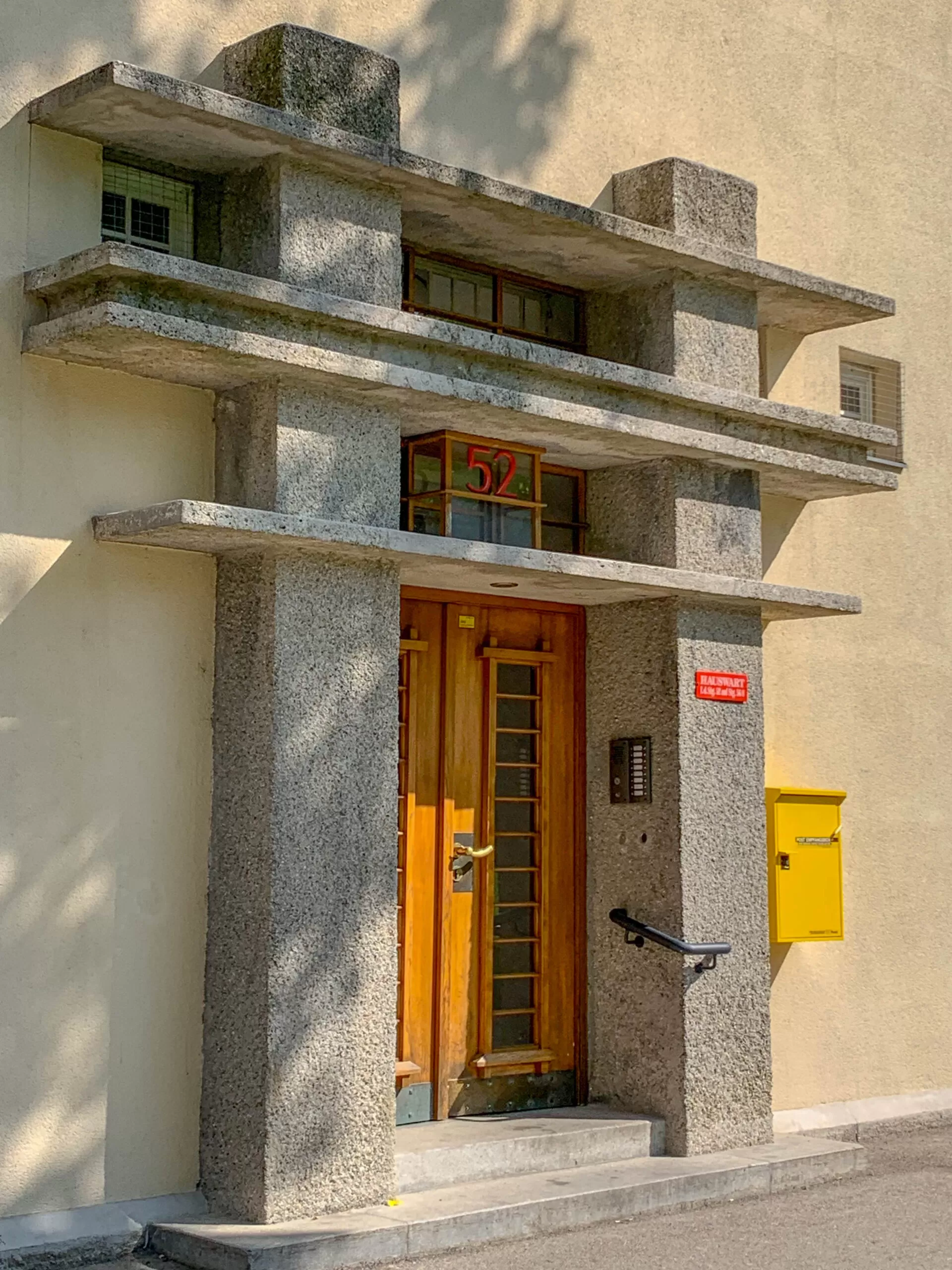
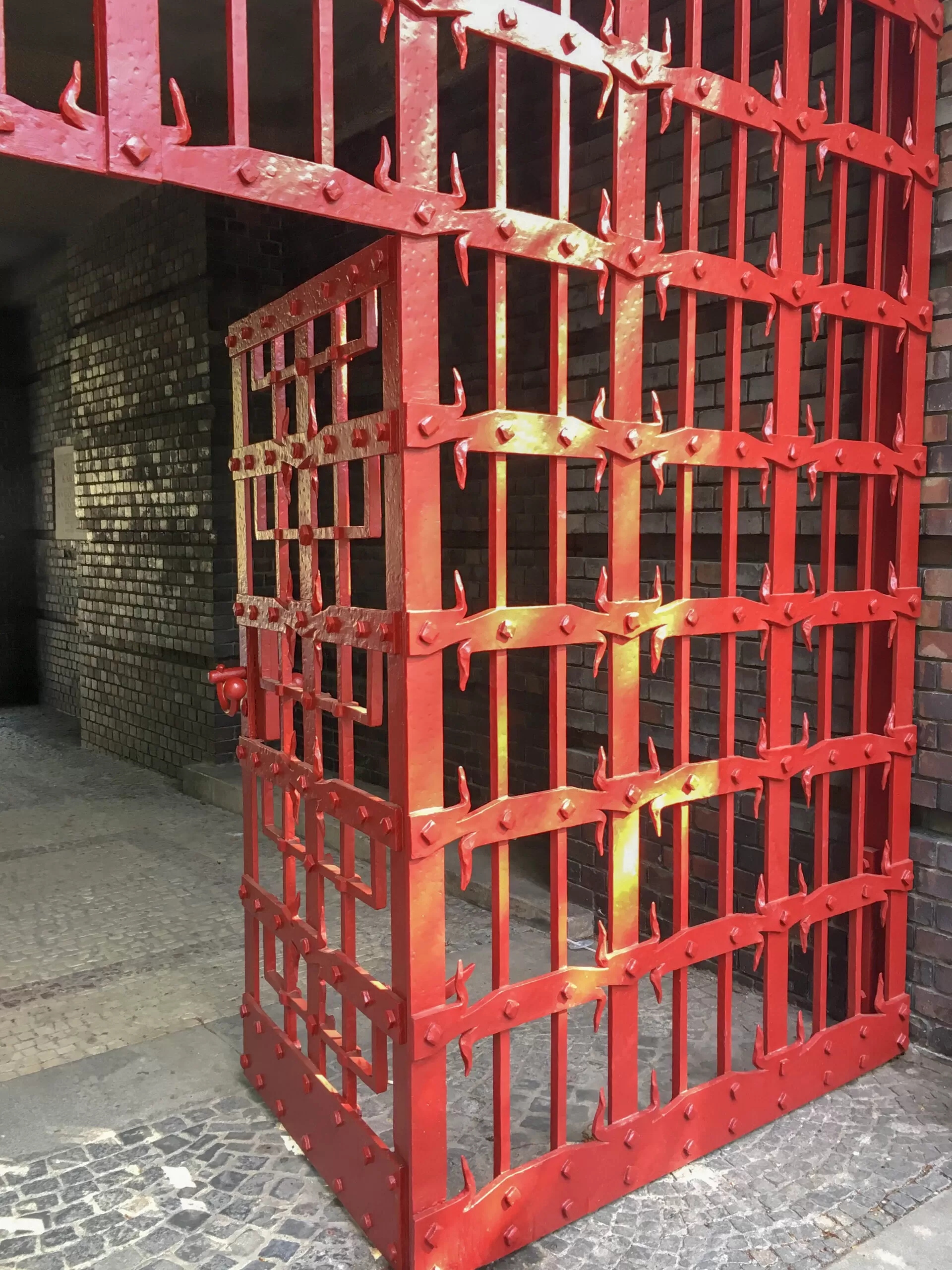
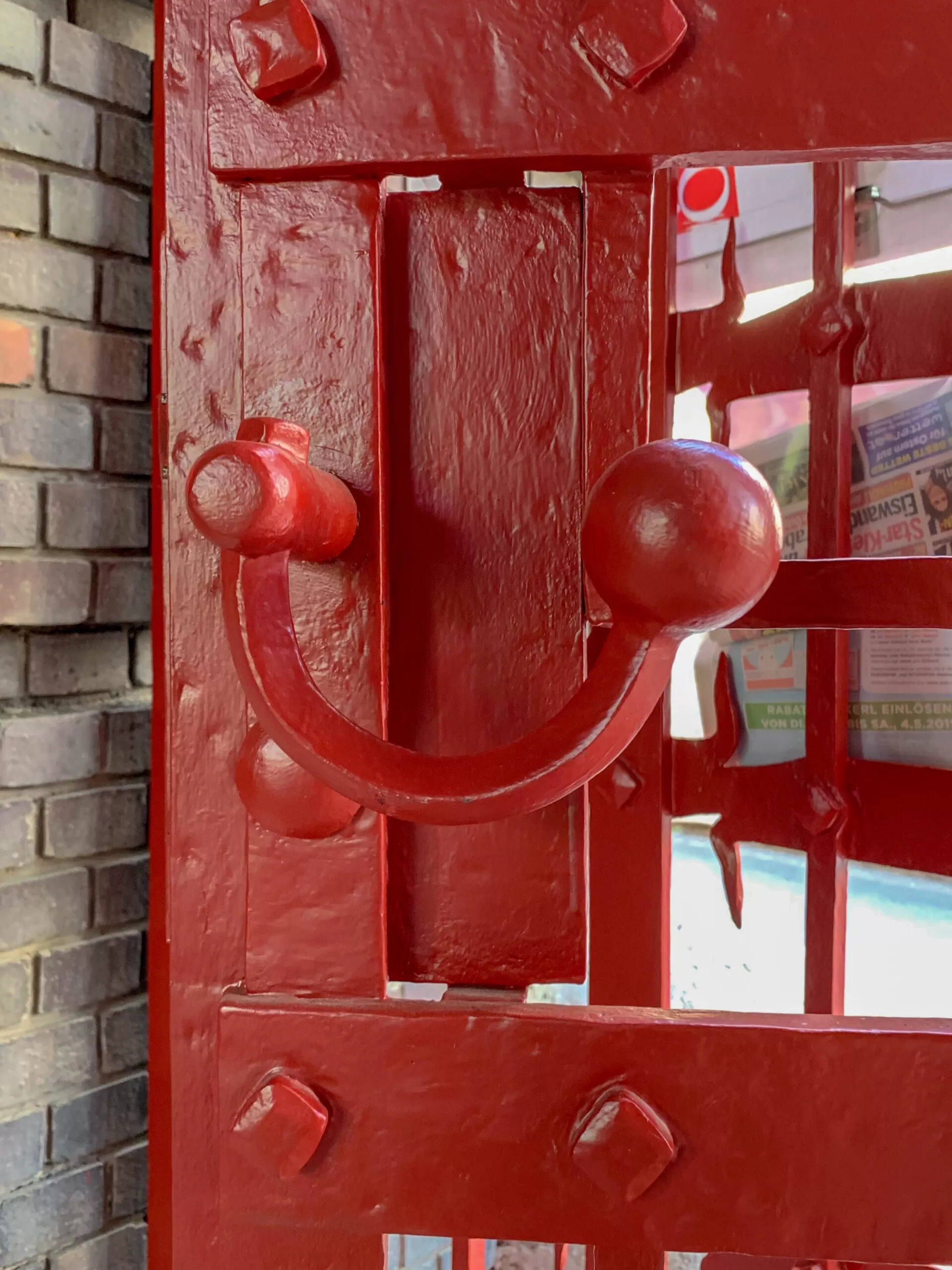
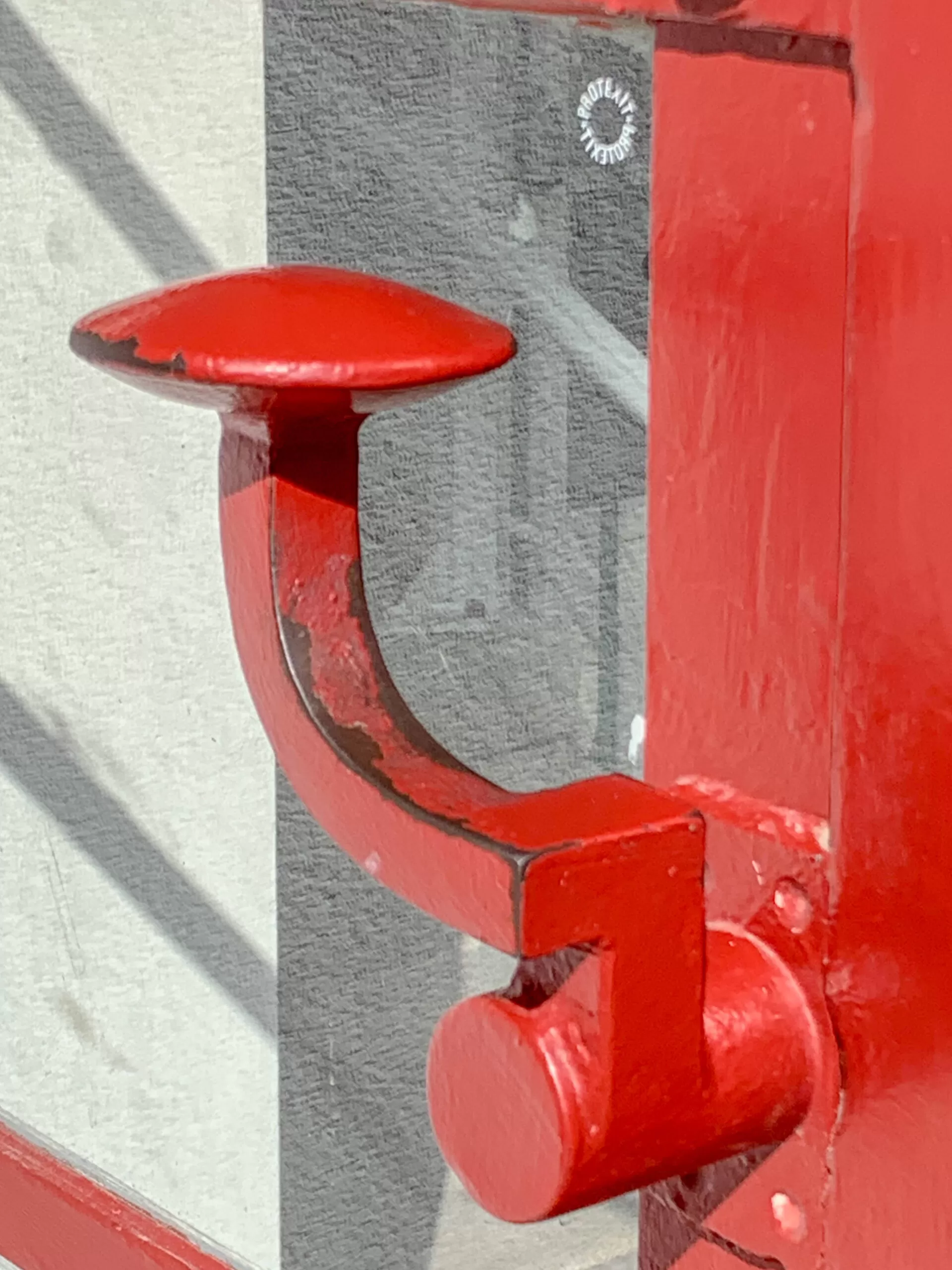
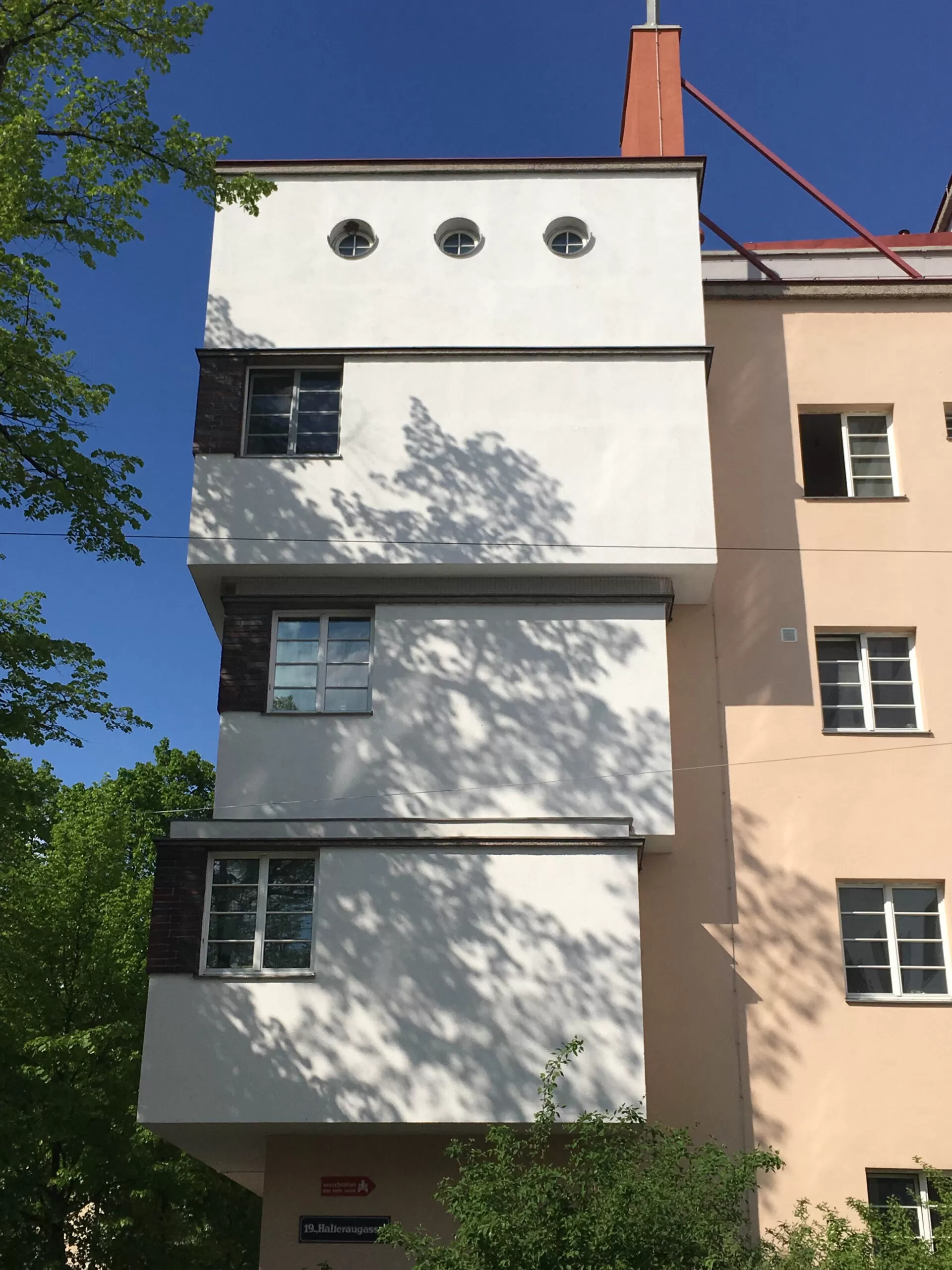
This building exudes : beauty, strength, generosity, community and courage.